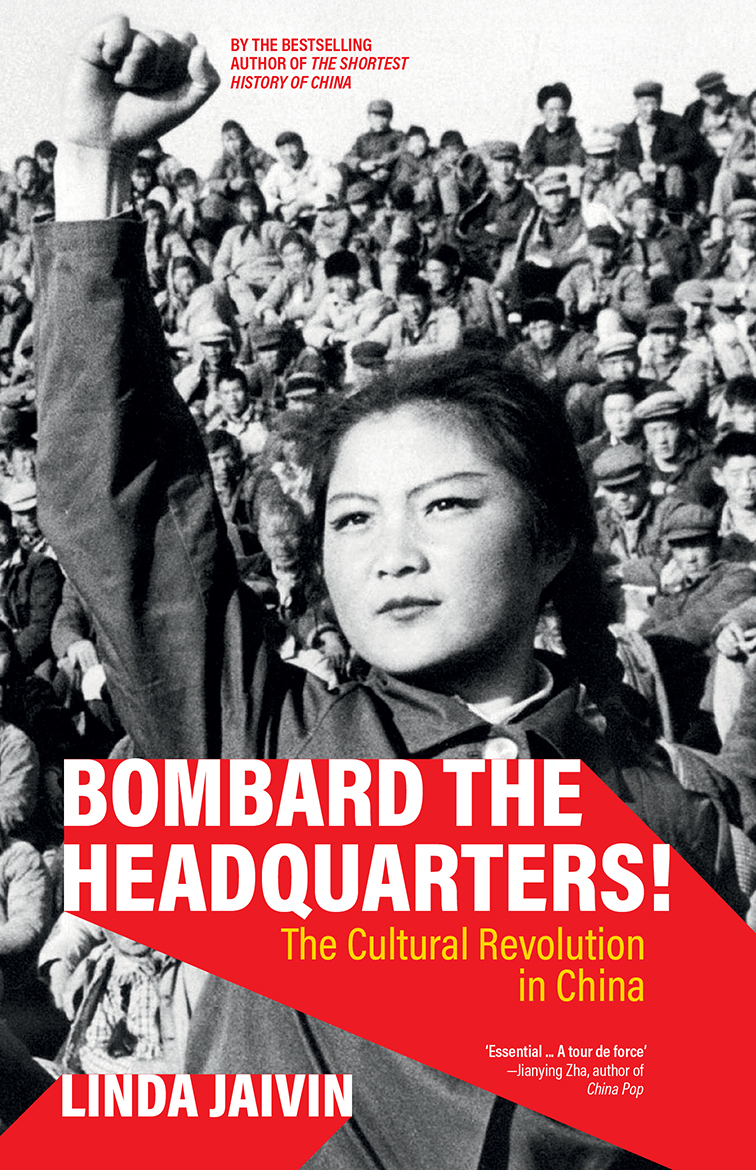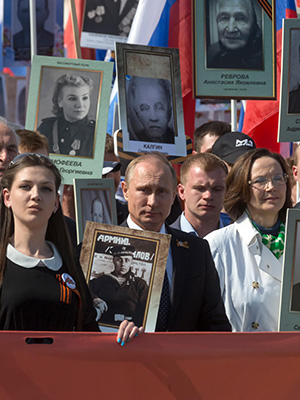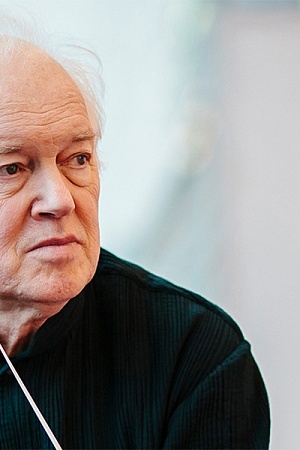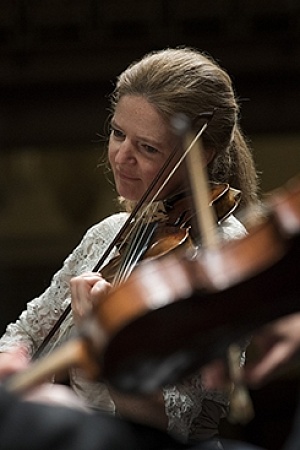War Requiem
 - Hero image crop.jpg)
Benjamin Britten’s War Requiem was written for the consecration of the new Coventry Cathedral in 1962, after the old cathedral had been destroyed by German bombing raids in 1940. He dedicated the work to four friends, three of whom were killed while on active service during World War II, and the fourth of whom survived the war but later committed suicide. As an avowed pacificist who had been a conscientious objector during the war, Britten took the opportunity to compose a work combining the traditional Latin Requiem Mass with the anti-war poetry of Wilfred Owen: a fellow pacificist (and fellow gay man) who had served as a lieutenant in World War I and who was killed on the Western Front one week before the Armistice was declared in 1918.
In the service of its hybrid text, the War Requiem is composed for an unusual combination of forces: three soloists (soprano, tenor, and baritone), a large adult chorus, and full orchestra (including a grand organ); a smaller chamber ensemble; and a boys’ choir, situated at a distance and accompanied by a small portable organ or harmonium. The soprano and large chorus sing the Latin Requiem Mass, accompanied by the orchestra (including the large organ during the Libera Me); the boys’ choir also sings extracts from the Latin text, accompanied by the small organ or harmonium; and the tenor and baritone sing the Owen poems, accompanied by the chamber ensemble.
Continue reading for only $10 per month. Subscribe and gain full access to Australian Book Review. Already a subscriber? Sign in. If you need assistance, feel free to contact us.








